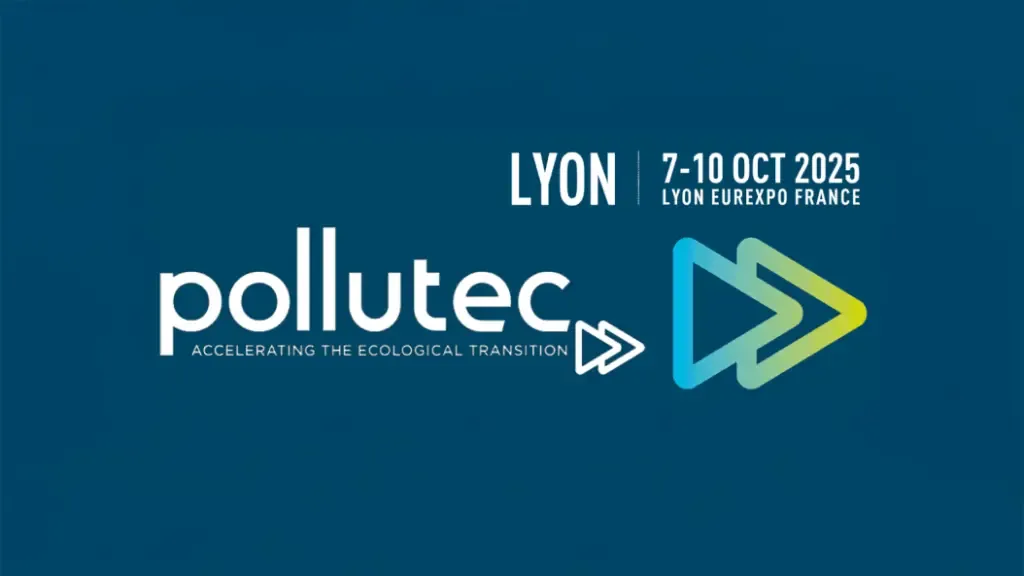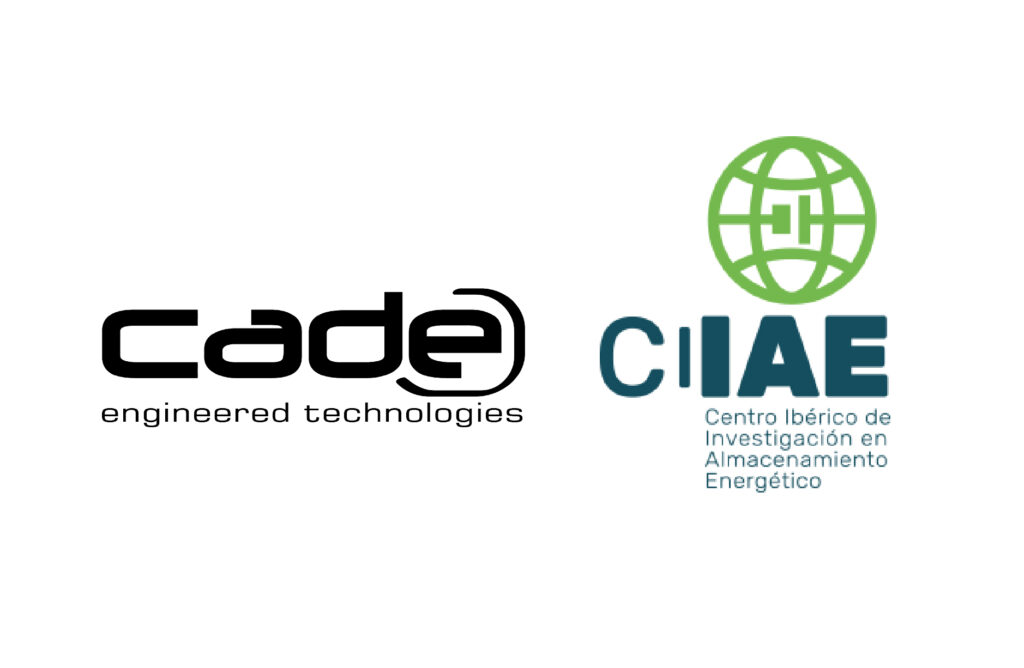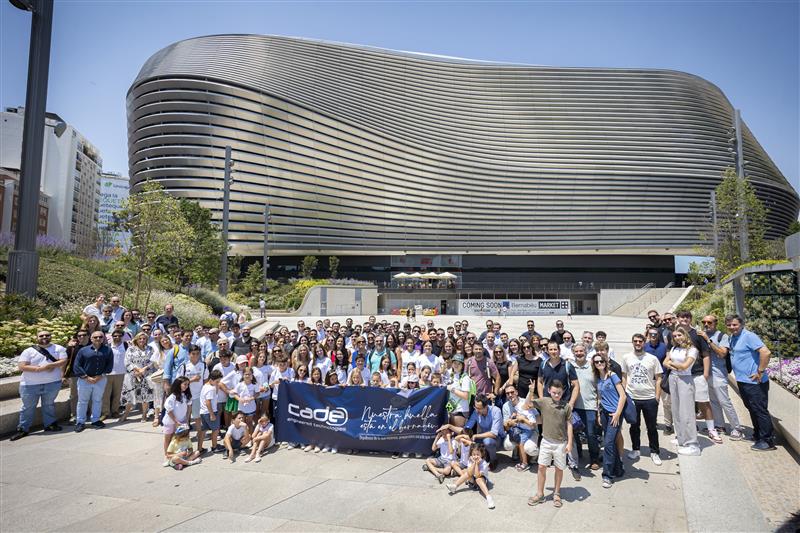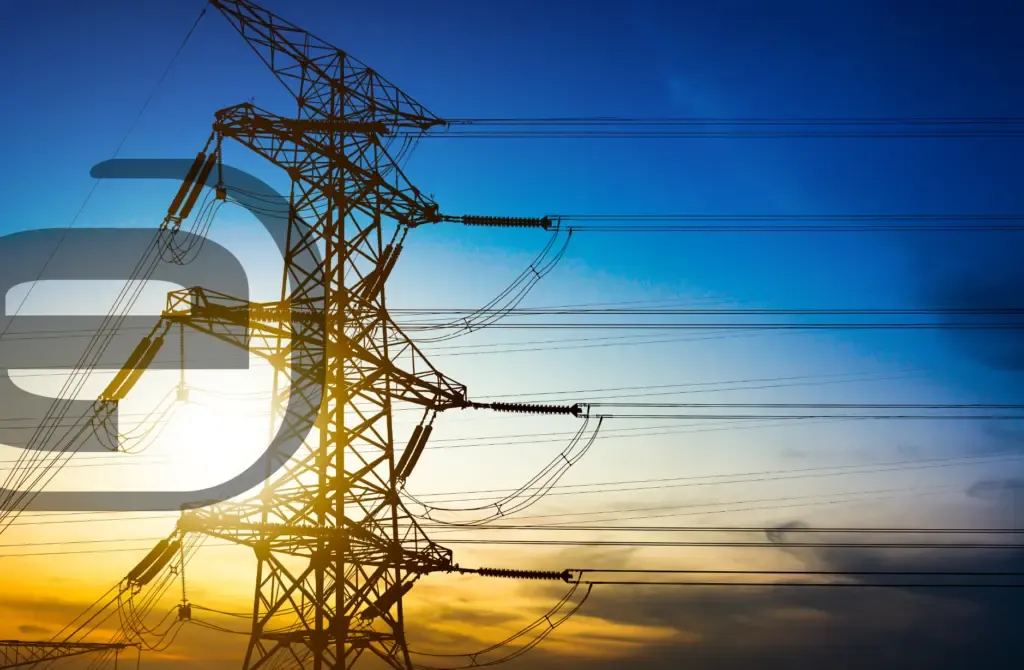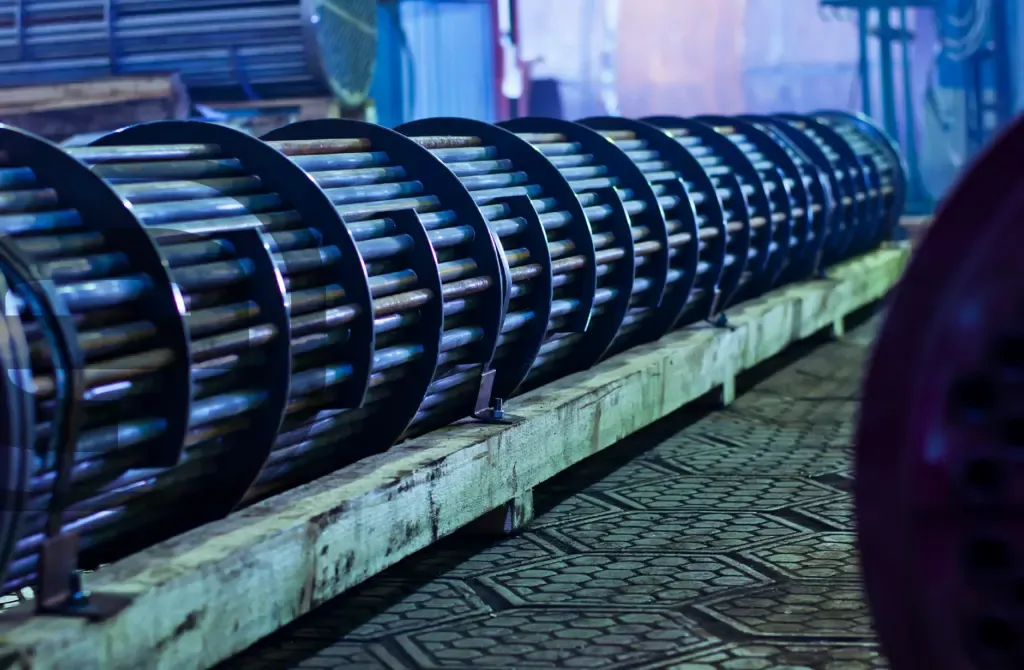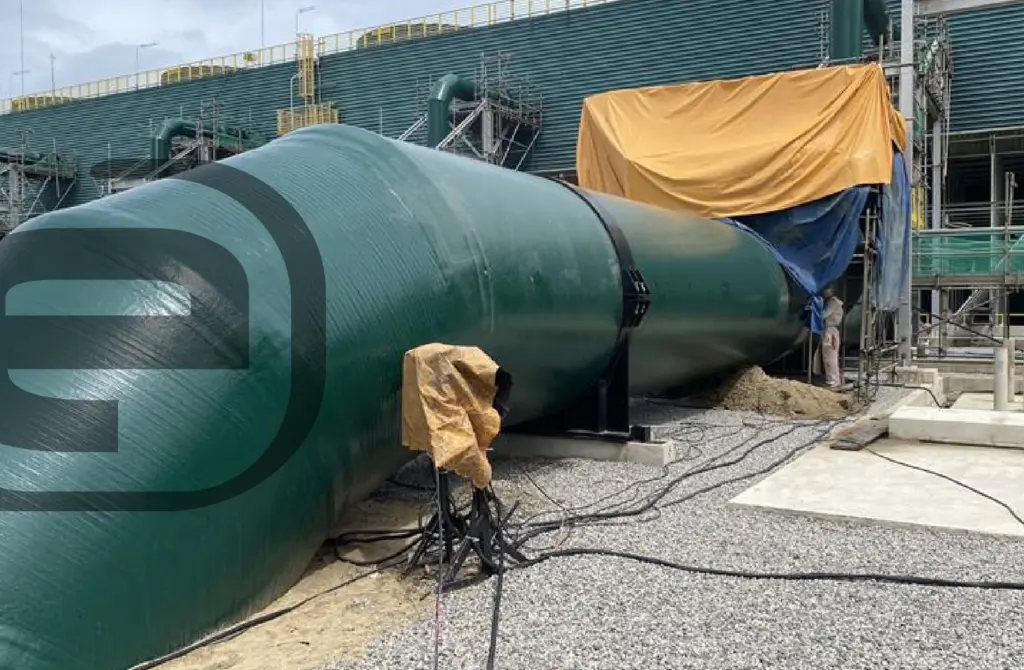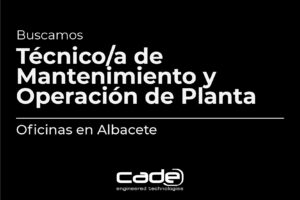The new opportunities for the use of carbon dioxide (CO2) in the development of products and services are attracting the attention of governments, but especially of industry.
In the special report of the IPPC (Intergovernmental Panel on Climate Change) issued in 2018[1], three routes are shown (Figure 1) on how global anthropogenic emissions must change throughout this century to achieve a climate result of 1, 5° C increase of the average global temperature: All routes require a rapid reduction in CO2 emissions to reach net zero emissions by 2060.
It is estimated that between 5 and 10 Gt of CO2 must be removed from the atmosphere each year in the second half of this century to:
- Offset residual emissions that are very difficult to reduce (“hard to abate CO2 emissions”) and minimize them, such as those from agriculture and air transport.
- Reduce the total load of greenhouse gases in the atmosphere.
To achieve these objectives, it is necessary not only to emit less CO2 in existing processes, modify the energy pool by committing to renewable energies, etc, but we must also seek ways to capture CO2 of anthropogenic origin and, in the same way, transform it in new products and services using energy from renewable sources, either in the form of heat, electrons or H2. CO2 is one of the few alternatives to fossil fuels as carbon sources.
The range of potential applications for the use of CO2 is very wide and includes direct use, whereby CO2 is not chemically altered (no conversion), and use of CO2 through its transformation (through multiple chemical and biological processes) into fuels, chemicals and construction materials (conversion).
The carbon in CO2 can be used to produce the fuels used nowadays, such as methane, methanol, gasoline, and aviation fuels. The process consists of using CO2 in combination with H2, whose production is very energy intensive, resulting in a carbon-containing fuel that is easier to handle and use than pure H2 (Figure 2)[2]..
Low-carbon H2 can be produced from fossil fuels when combined with CO2 capture technologies (“CCS”), or by electrolysis of water using low-carbon electricity, such as from renewable energies (solar thermal plants, and others).
CO2-derived fuels are especially interesting for applications where the use of other low-carbon energy carriers, such as electricity or hydrogen, is extremely difficult to use directly.
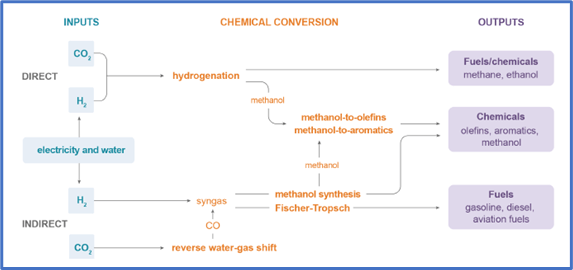
However, in the production process of these e-fuels, both CO2 and H2 play a fundamental role.
CADE‘s know-how drives to develop projects such as the “Air0Drome” for generating green energy in airports, or participating as a partner in the ECLOSIÓN project, for the production of H2 and CH4.
With almost 20 years of experience in the engineering and consulting sector, we accompany our clients and provide our services, from the first stages, such as carrying out Technical-Economic Feasibility Studies (CAPEX/OPEX), to the supervision of the construction and commissioning of the facility, going through all the engineering phases.
CADE, at the forefront of the generation of gases from renewable sources since 2010.
Further information
For any query or request for additional information about our services and technologies, please complete the following form:

